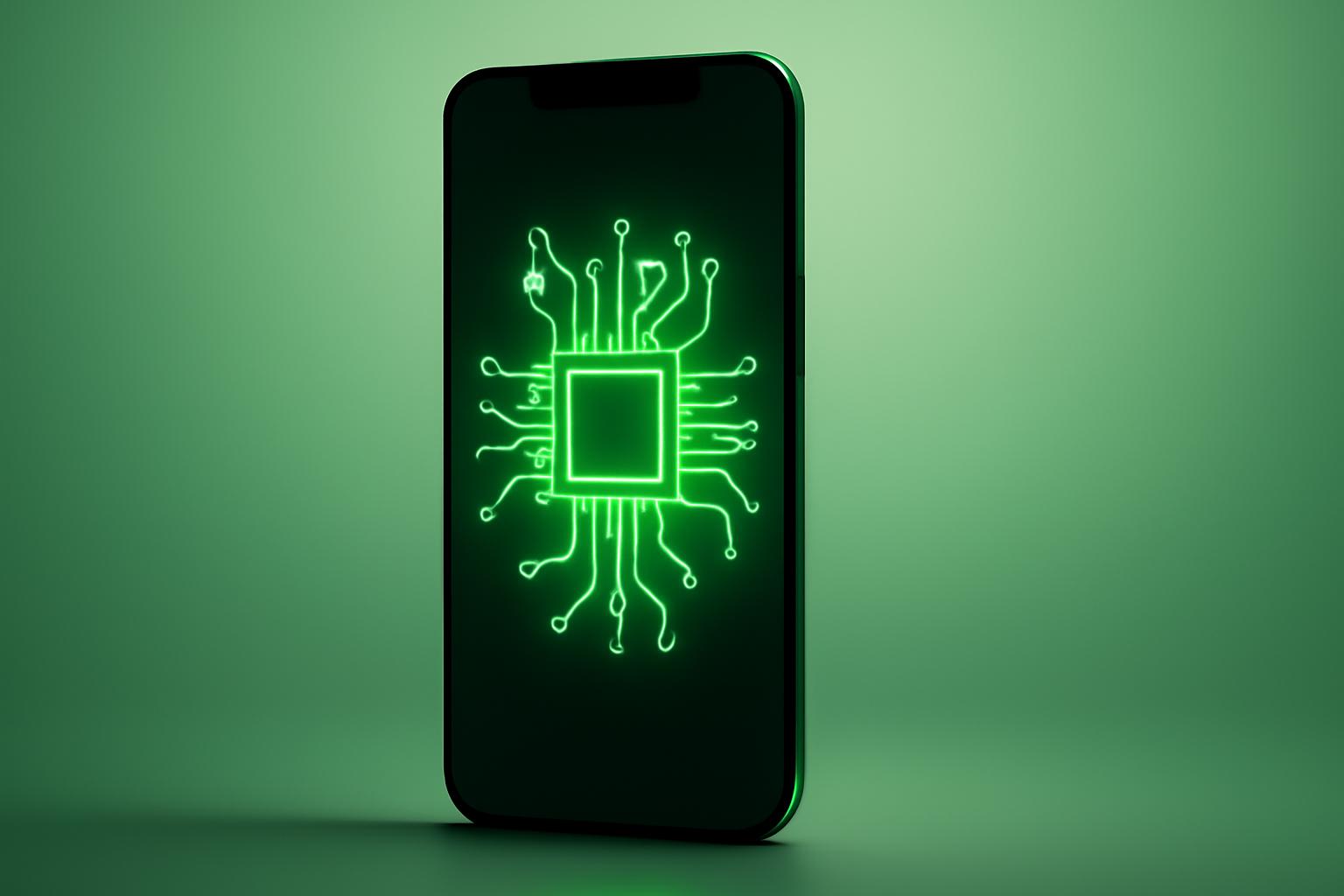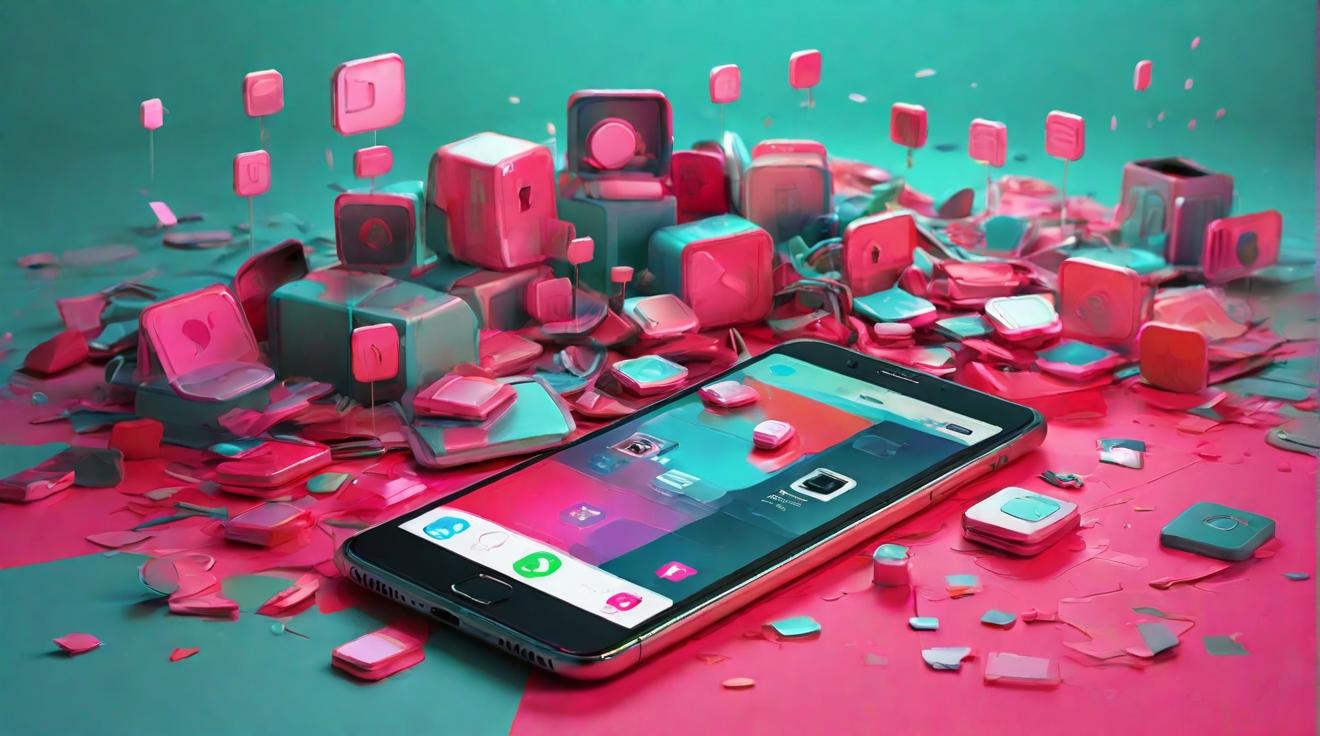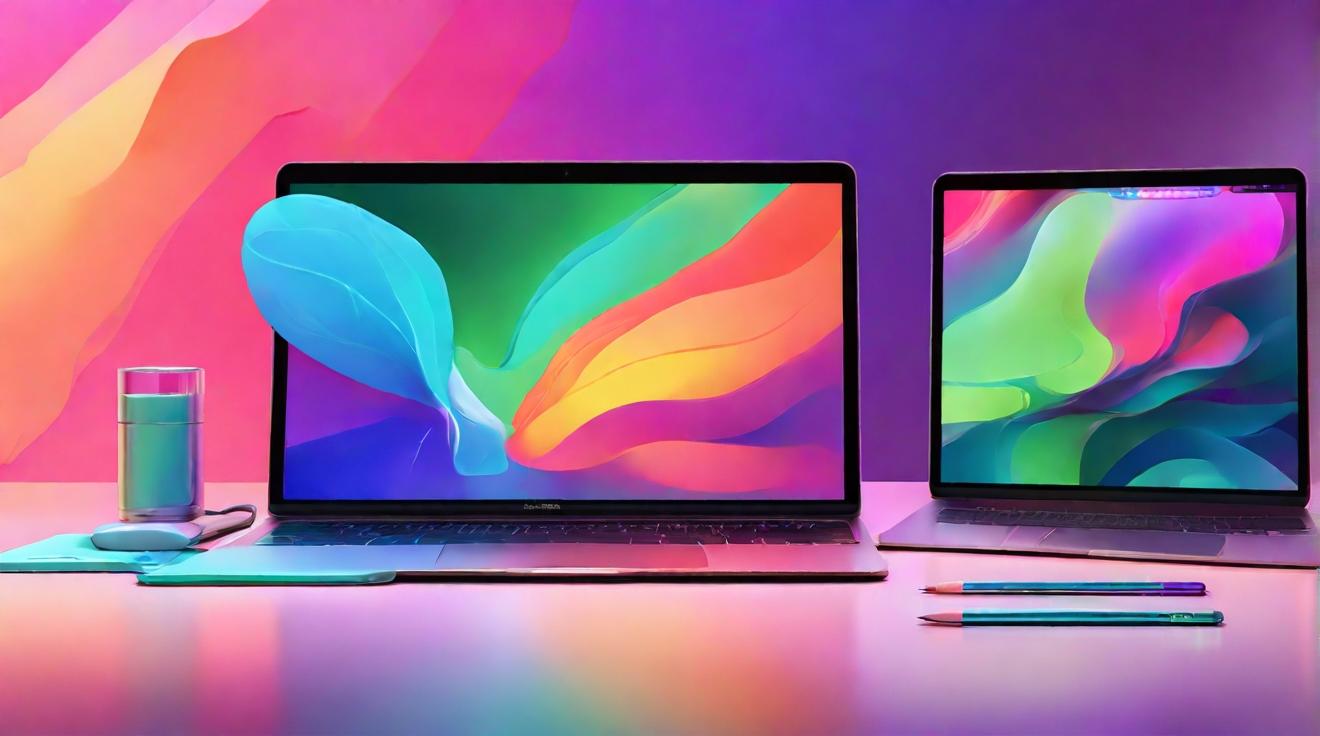Apple Unveils the iPhone Air: Combining Sleek Design with High Performance
At its latest product event, Apple introduced the iPhone Air, a new addition to the iPhone 17 series that prioritizes a slim, lightweight design without compromising processing power. This marks Apple’s first use of the ‘Air’ branding in the iPhone lineup, echoing the design philosophy of the MacBook Air.
Design and Durability
The iPhone Air stands out with a remarkably thin profile of just 5.5 millimeters, making it thinner than the width of a quarter stack. Apple addressed concerns about fragility by enhancing the device’s durability: the screen offers three times better scratch resistance, and the back glass is four times more resistant to cracking compared to previous models. John Ternus, Apple’s Senior Vice President of Hardware Engineering, claimed it is “more durable than any previous iPhone.” The device’s aesthetic appeal and build quality are key selling points aimed at consumers who value style alongside function.
Performance and Display
Contrary to initial assumptions that a thinner phone might entail reduced performance, the iPhone Air houses the A19 Pro chip, which Apple described as “the fastest CPU in any smartphone.” Tim Millet, Apple’s Vice President of Platform Architecture, emphasized that the phone delivers “MacBook Pro levels of compute” in a compact form factor. Additionally, the iPhone Air features a slightly larger ProMotion display than the standard iPhone 17, enhancing the visual experience.
Battery Life and Accessories
The device’s slimness imposes some limitations on battery capacity. Apple introduced an optional $99 slim battery accessory to extend usage, enabling up to 40 hours of video playback. Without this accessory, the iPhone Air offers 27 hours of video playback or 22 hours of streaming video, comparable to the battery life of the previous iPhone 16. This approach suggests a trade-off between device thinness and battery endurance that consumers will need to consider.
Camera Configuration
Notably, the iPhone Air is equipped with a single rear camera lens, foregoing the dedicated telephoto lens found in other models. Apple asserts that the phone still supports zoom capabilities similar to multi-lens configurations. While this may limit certain photographic functions, the streamlined camera design contributes to the device’s sleek profile.
Market Positioning and Consumer Reception
The iPhone Air is priced at $999 and aims to attract buyers prioritizing design and processing power over traditional multi-camera setups and maximum battery life. While initial reactions are positive regarding its innovation and style, some skepticism remains until independent reviews validate Apple’s claims. The Cloud White finish has been highlighted as a particularly appealing option.
Amanda Silberling, senior writer at TechCrunch, noted a personal shift in attitude towards upgrading, attributing the iPhone Air’s appeal to its unique combination of form and function.
FinOracleAI — Market View
The launch of the iPhone Air is likely to have a positive short-term impact on Apple’s market positioning by broadening its product range with a premium, design-focused device. The introduction of a high-performance chip in a slim form factor can attract consumers seeking both aesthetics and power. However, the trade-offs in battery life and single-lens camera may limit appeal among users prioritizing endurance and photography features. Market response will hinge on consumer acceptance of these compromises and real-world performance reviews.
Impact: positive













